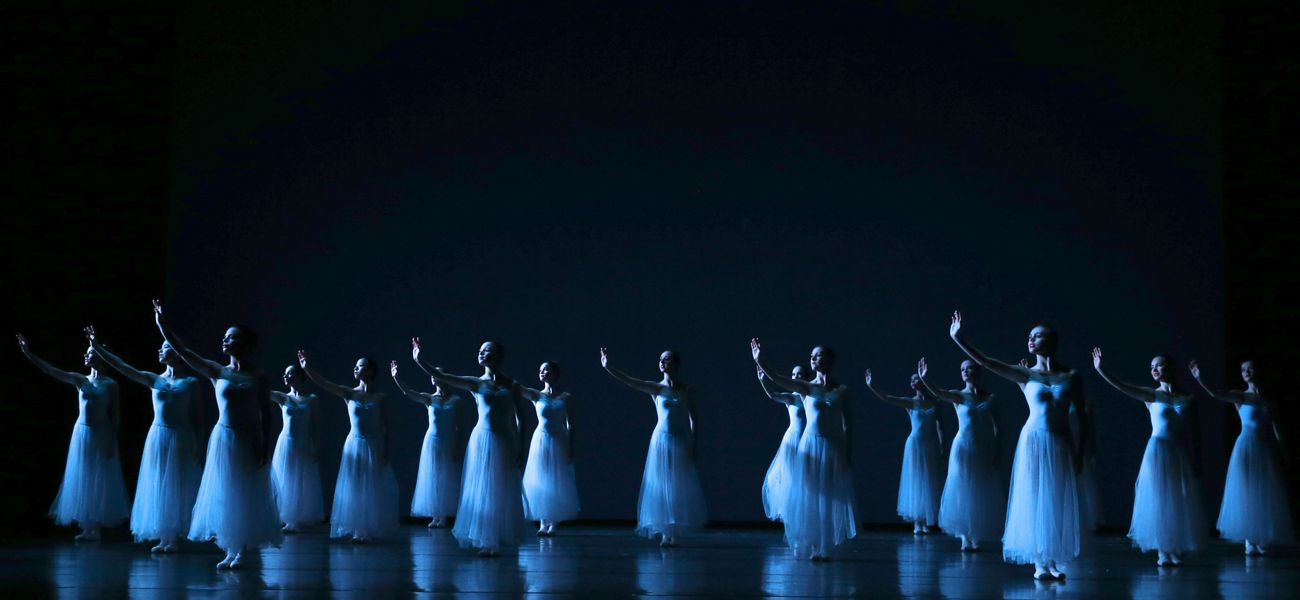Serenade —
Serenade is a milestone in the history of dance.
Serenade is one of legendary choreographer George Balanchine’s earliest works. The first performance was on June 10, 1934, by students of the School of American Ballet, at White Plains, New York.
Set to Tchaikovsky’s soaring Serenade for Strings in C Major, in this iconic work, Balanchine streamlined the technique of classical ballet into poetic geometry, awash with beauty and diaphanous moonlight.
Serenade is a milestone in the history of dance. It is the first original ballet Balanchine created after arriving in America and is one of the signature works of New York City Ballet. Originally creating it as a lesson in stage technique, Balanchine worked unexpected rehearsal events into the choreography. When one student fell, he incorporated it; a student arrived late, and this too became part of the ballet.
After its initial presentation, Serenade was reworked several times. In its present form, there are four movements: Sonatina, Waltz, Russian Dance, and Elegy.
The last two movements reverse the order of Tchaikovsky’s score,
ending the ballet on a note of sadness.
Choreographer George Balanchine © The George Balanchine Trust
Music Pyotr Ilyich Tchaikovsky (Serenade for Strings in C major, Opus 48)
Staged by Jerri Kumery
Costume Design Barbara Karinska
Costumes courtesy of The Australian Ballet
Lighting Ben Hughes, based on an original design by Ronald Bates
